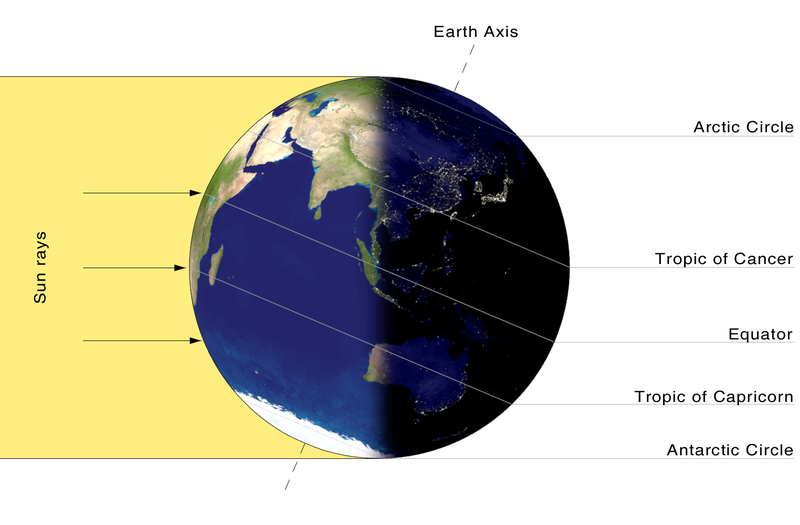Today, when I saw the newspapers, I realised all I could see is "Republic day sale" supplements..will this what are kids grow upto...as the great sale day? The republic day news is very small.
Its upto us only to inculcate the sense of patriotism in them... right from now...
Today, Republic Day is celebrated with much enthusiasm all over the country, especially in the capital, New Delhi, where the celebrations start with the President’s speech to the nation. After this, he hoists the tri-coloured Indian flag and whole nation stands up to sing the National Anthem. To mark the importance of this occasion, every year a grand parade is held, which includes a march past and drills by the armed forces. This is followed by a pageant of spectacular displays from different states.
Medals of bravery are awarded to the people from the armed forces for their exceptional courage in the field and also to civilians, who have distinguished themselves by their different acts of valour. Children too who have shown bravery in a particular area are awarded by the President.
Listening to these bravery stories, would be something we would look upto when we were kids.
The State parades were the greatest attraction. The "Shehanai Vaadan" by Padnit Bismillah Khan, can give you those goosepimples...
Listening to patriotic songs right from when they are small, is something that they recognise, even when they become older. These songs have the magic of generating patriotic feelings. My lil one particularly likes, "nanha munha rahi hoon", "hind desh ke nivasi", "hum honge kamayab".
Learning and singing our national anthem is something they can always do..
Some of our recommended patriotic songs for kids..
Listen to them with your kids
See the national parade and talk about bravery awards...
Dressing up specially in orange or white or green, will add on to the spirit.
Maa tuzhe Salaam!
Jai Hind!


